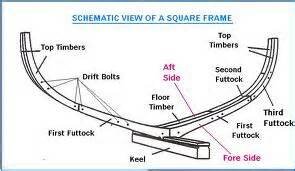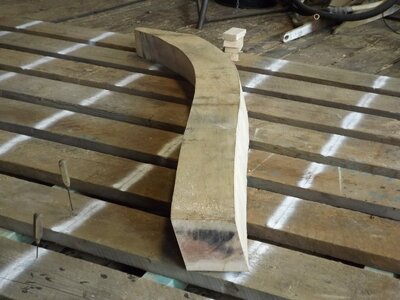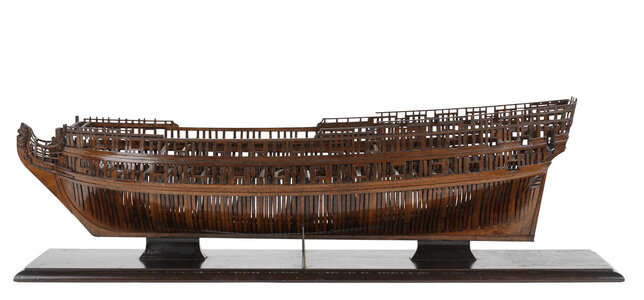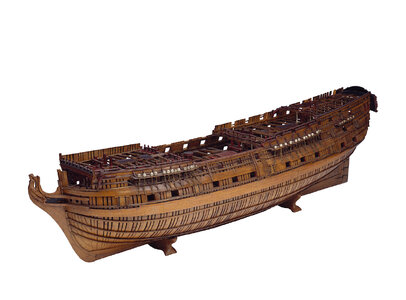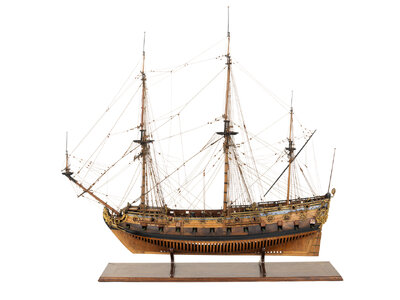Hi,
I would like to attempt a scratch build from plans, but would like to build the correct way, from the beginning. I have been studying the ribs, (an example image is attached),
1. im assuming each part/section of the rib (V,G,L1,L2,L3,L4) is cut with grain running the length of each part.
2. are parts G,L2 L2,L4 V,L1 L1,L3 joined with either a Double Scarph or a Hook and Butt Scarph joint (marked yellow), or is the only joint the ones highlighted in red
I have watched a number of videos, and have not seen anyone cut joints generally just gluing parts together, whilst this works is it the correct way to approach this, I appreciate creating joints takes longer, im not worried about time ( hopefully Ive still got a few years left) I would however like to do it correctly.
I appreciate any feedback, thoughts on this.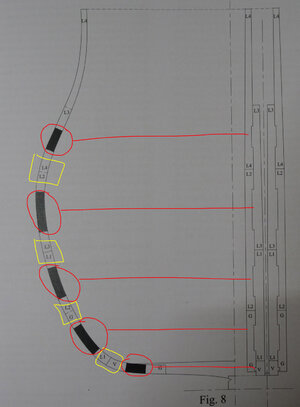
I would like to attempt a scratch build from plans, but would like to build the correct way, from the beginning. I have been studying the ribs, (an example image is attached),
1. im assuming each part/section of the rib (V,G,L1,L2,L3,L4) is cut with grain running the length of each part.
2. are parts G,L2 L2,L4 V,L1 L1,L3 joined with either a Double Scarph or a Hook and Butt Scarph joint (marked yellow), or is the only joint the ones highlighted in red
I have watched a number of videos, and have not seen anyone cut joints generally just gluing parts together, whilst this works is it the correct way to approach this, I appreciate creating joints takes longer, im not worried about time ( hopefully Ive still got a few years left) I would however like to do it correctly.
I appreciate any feedback, thoughts on this.








